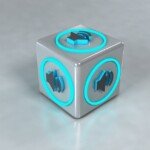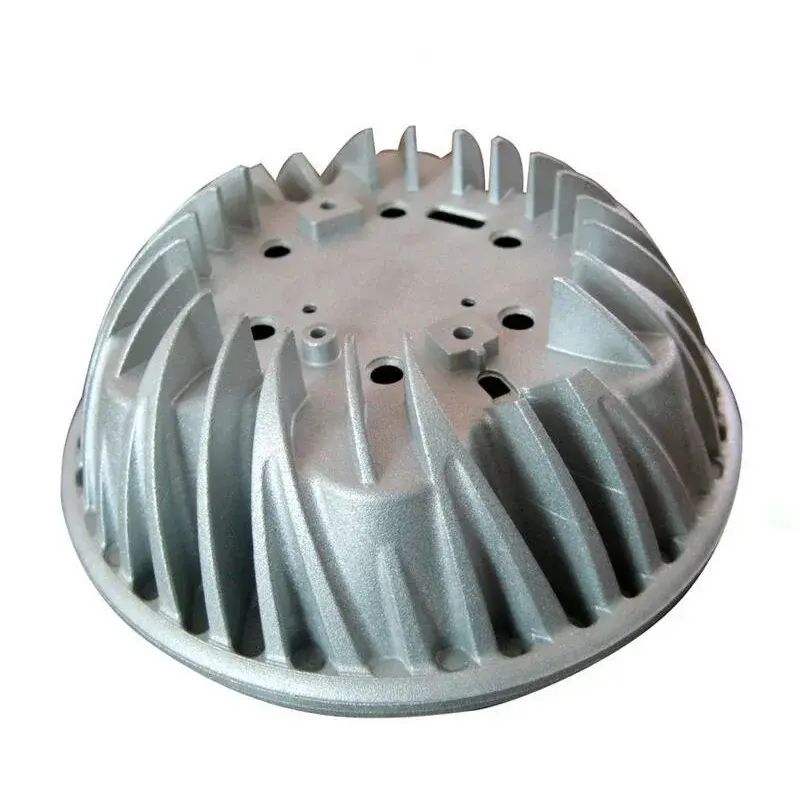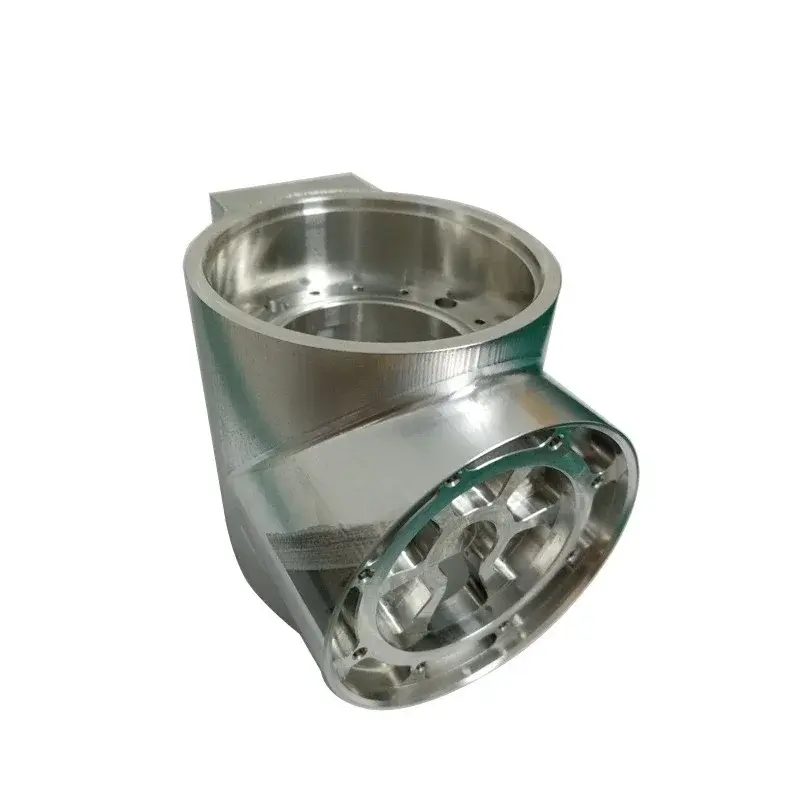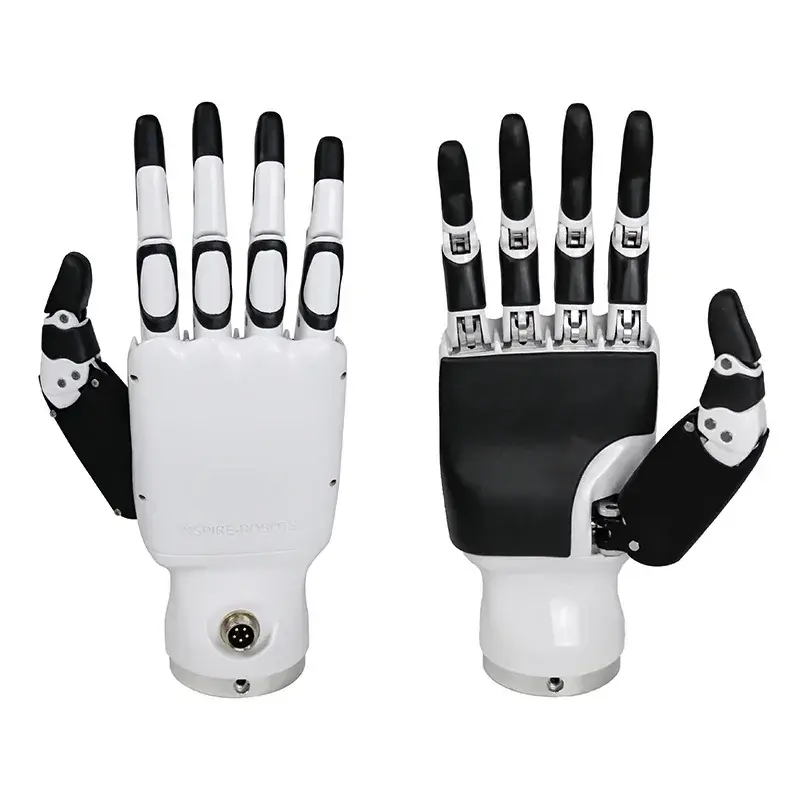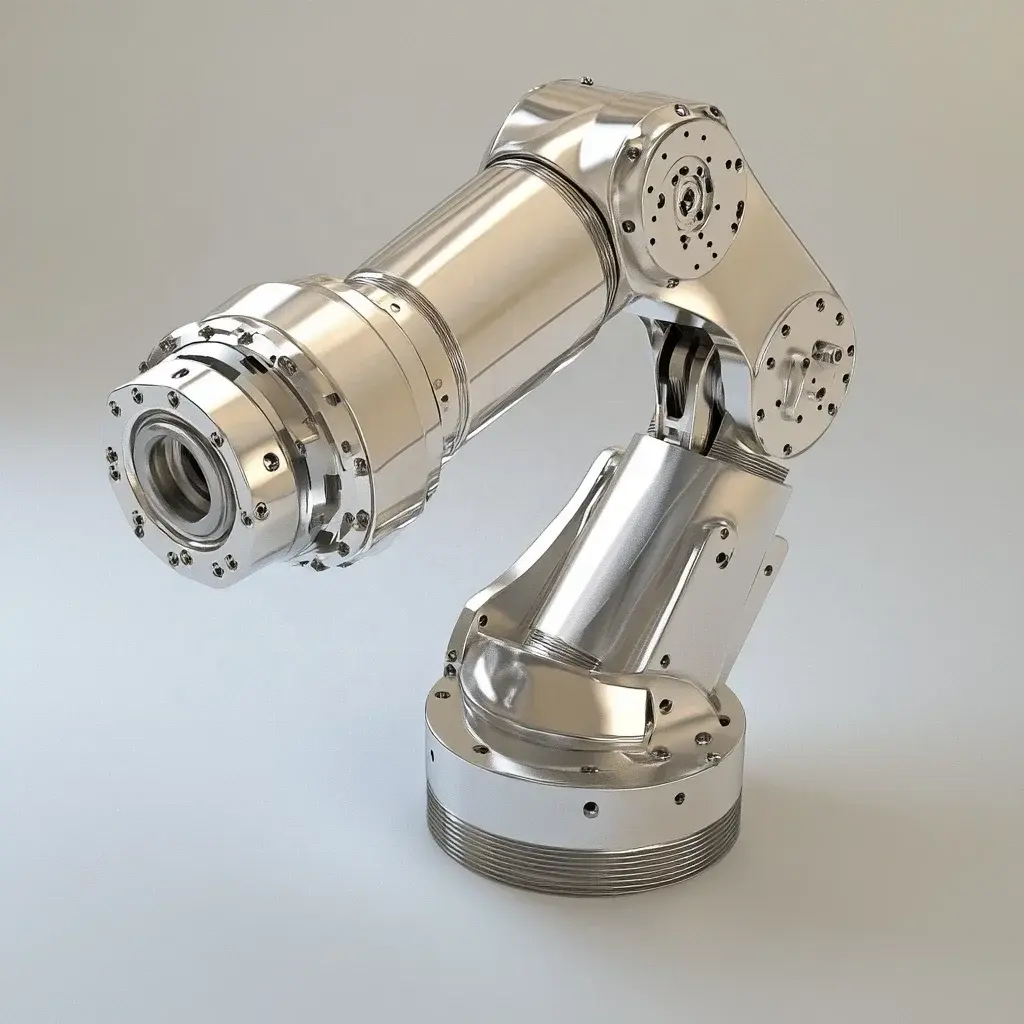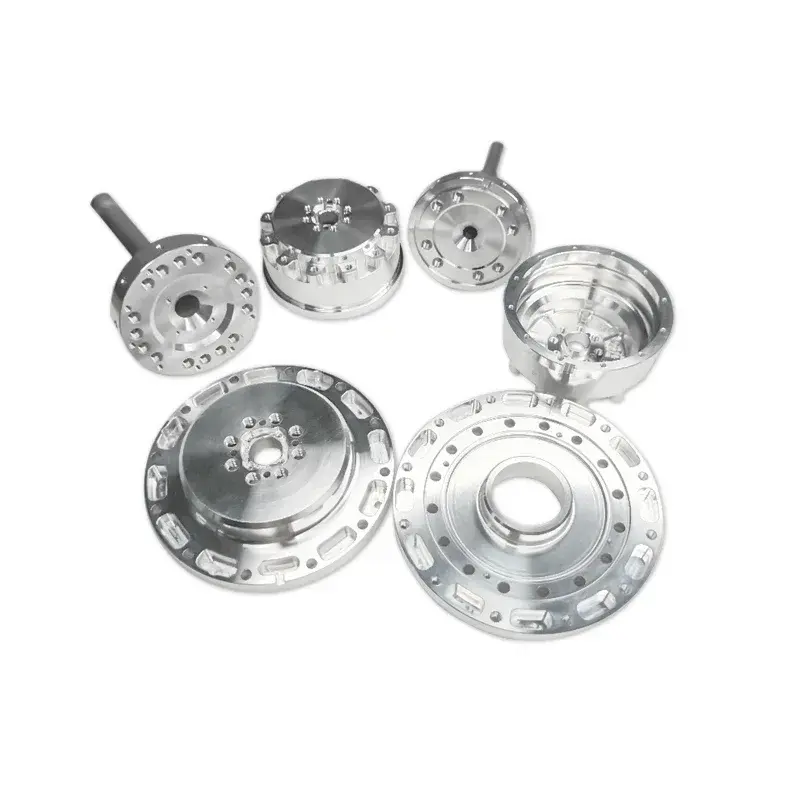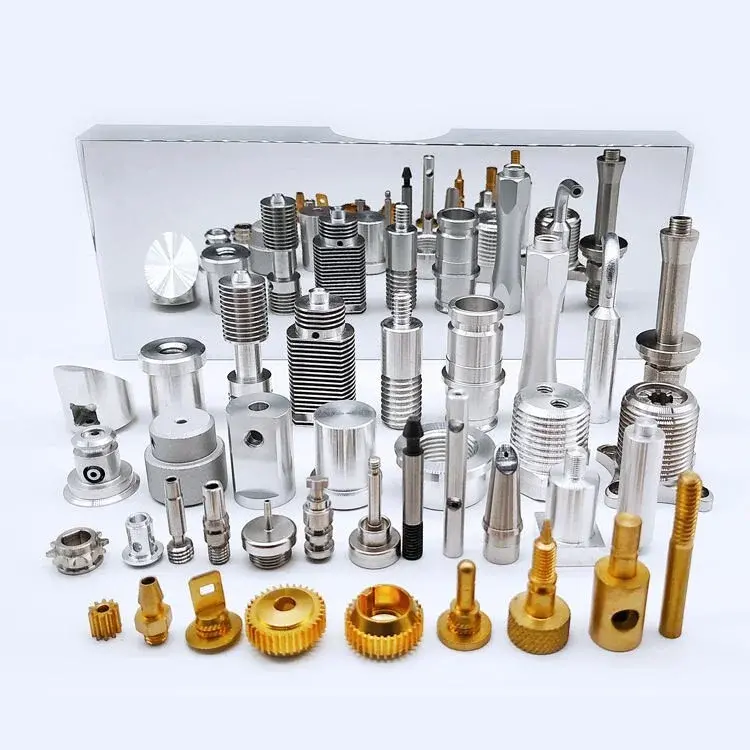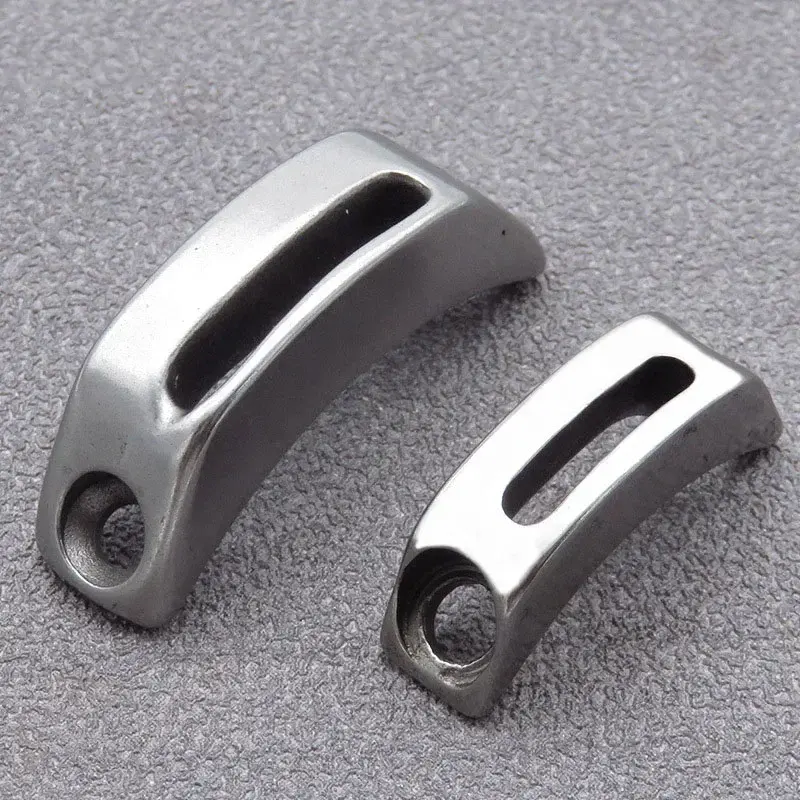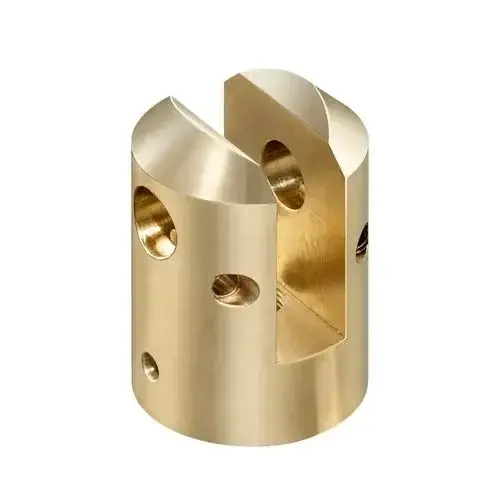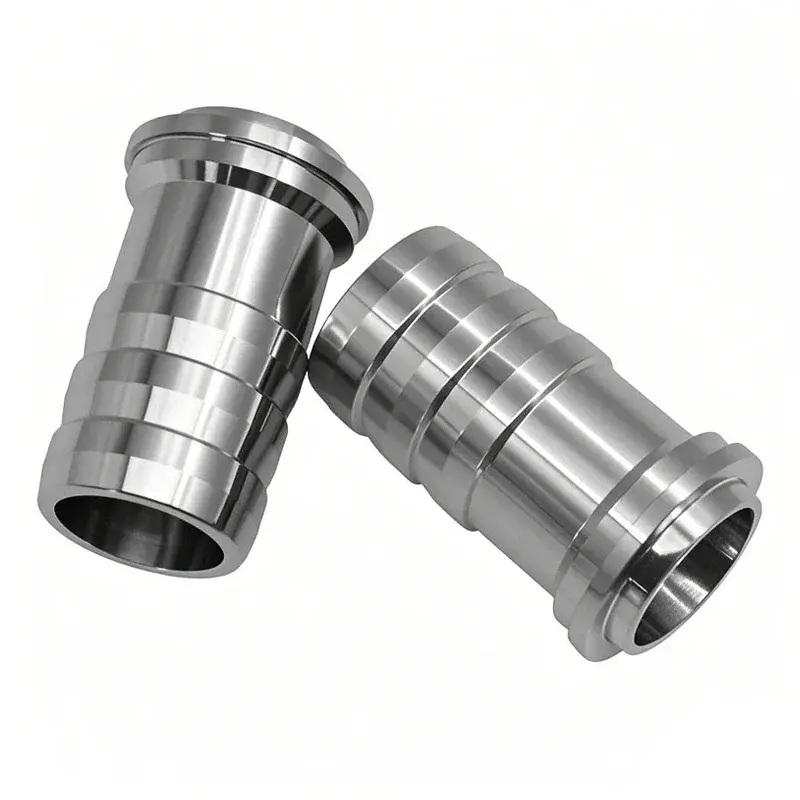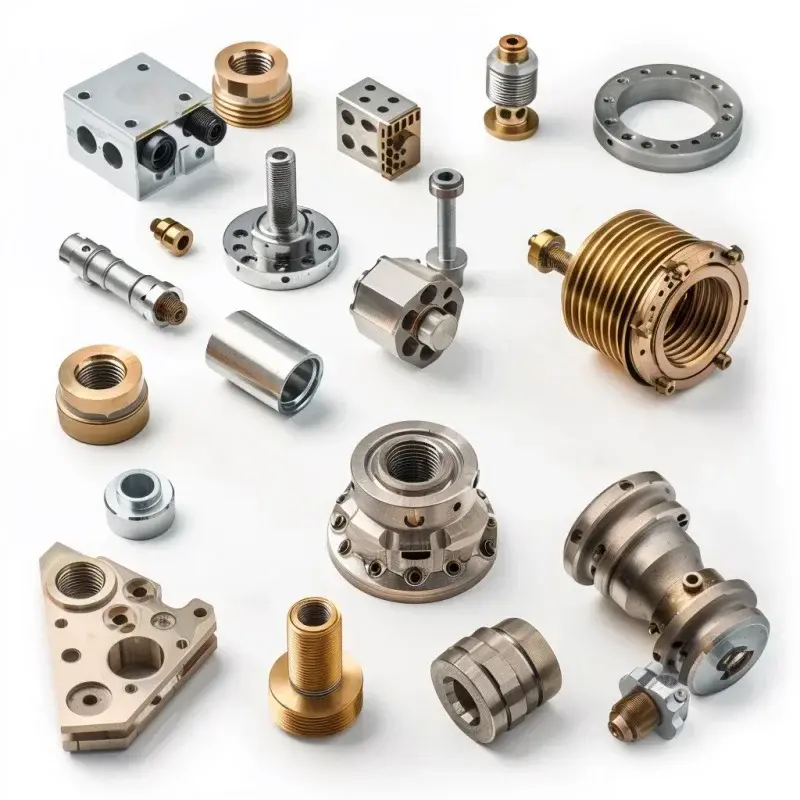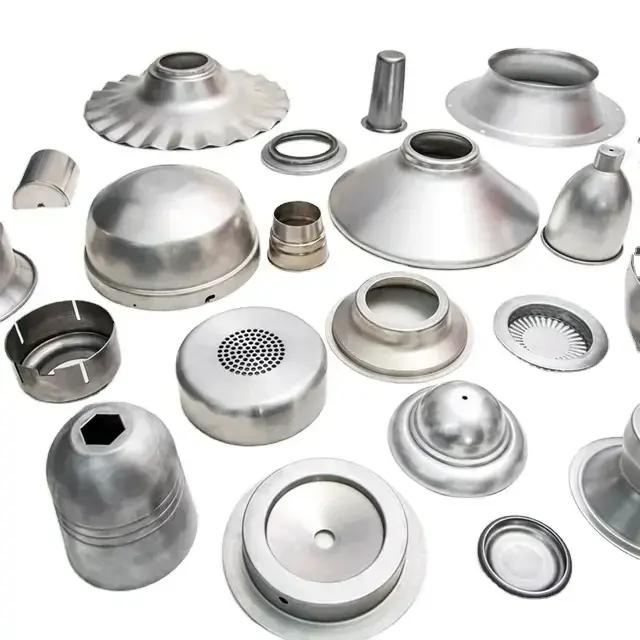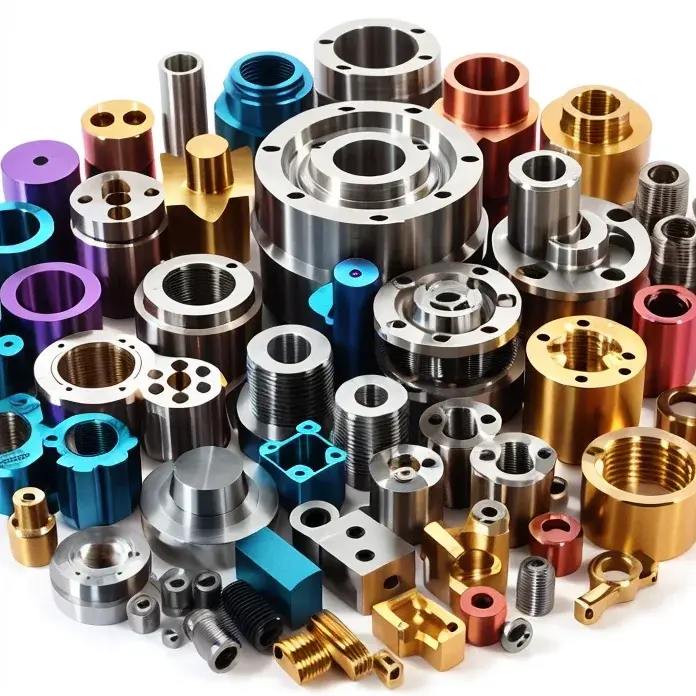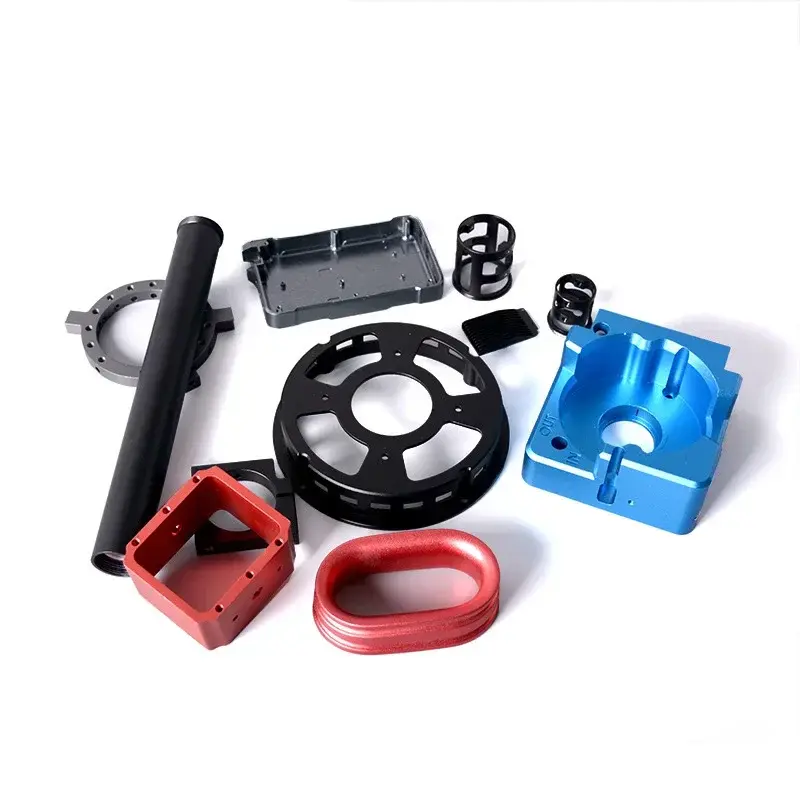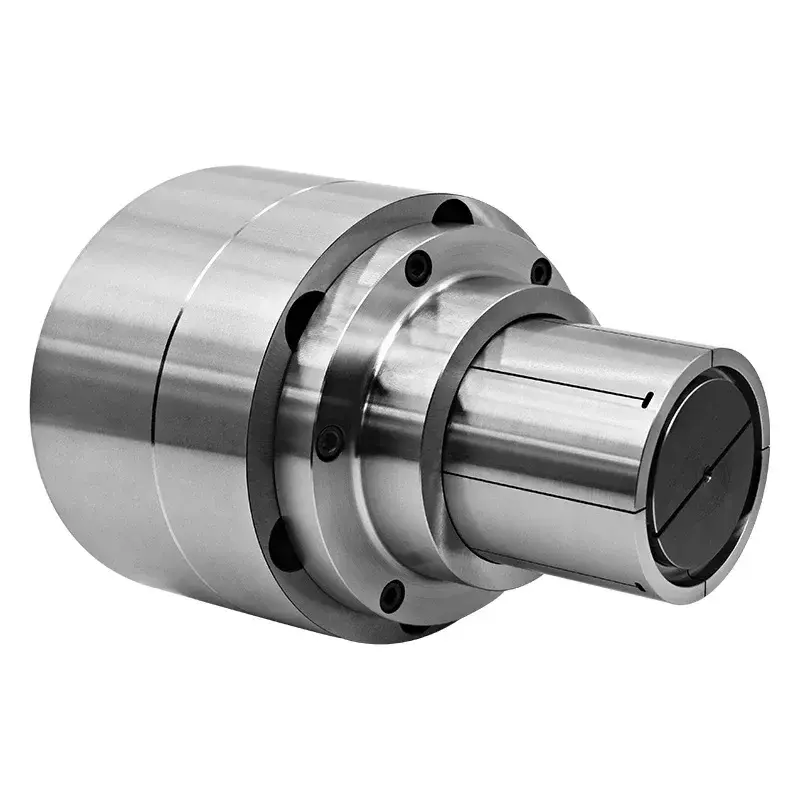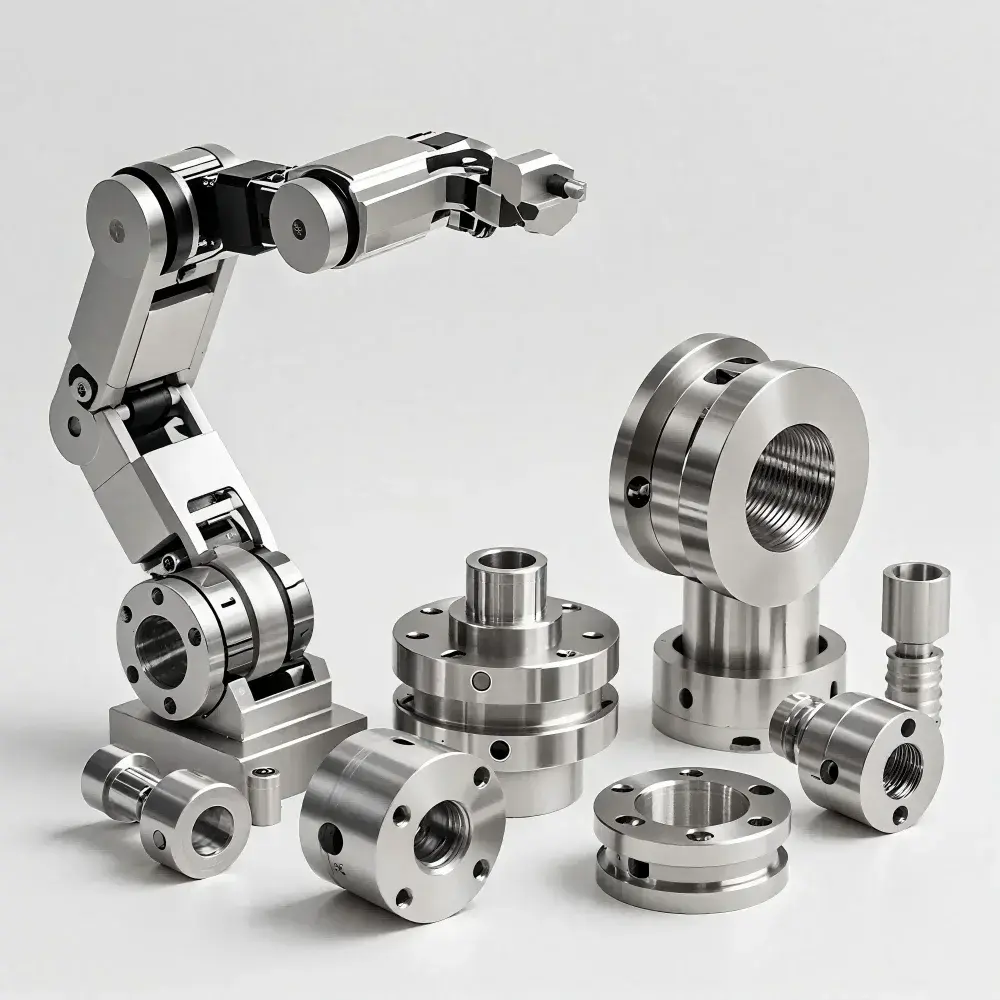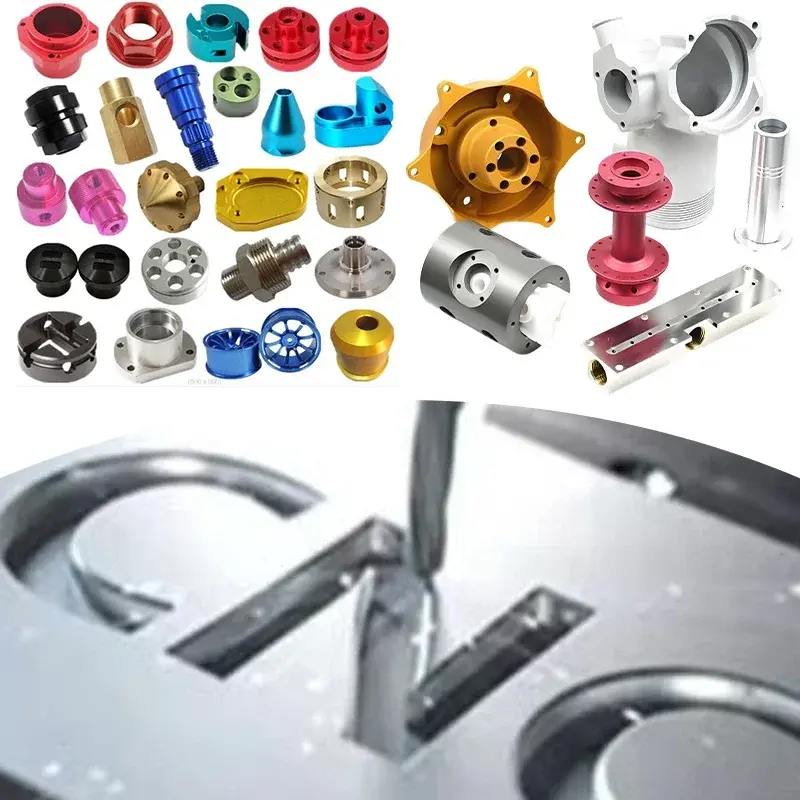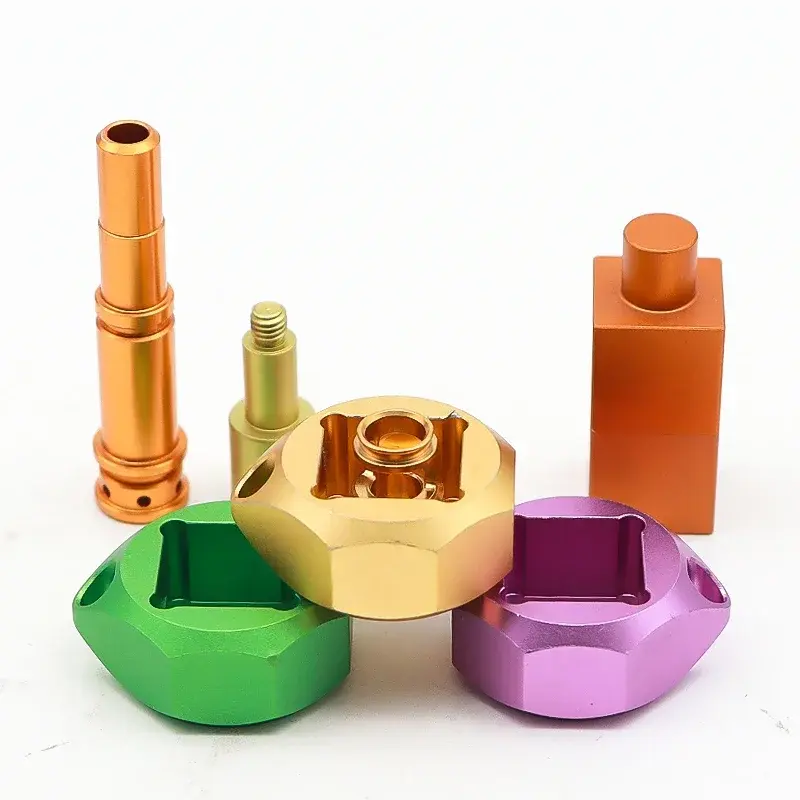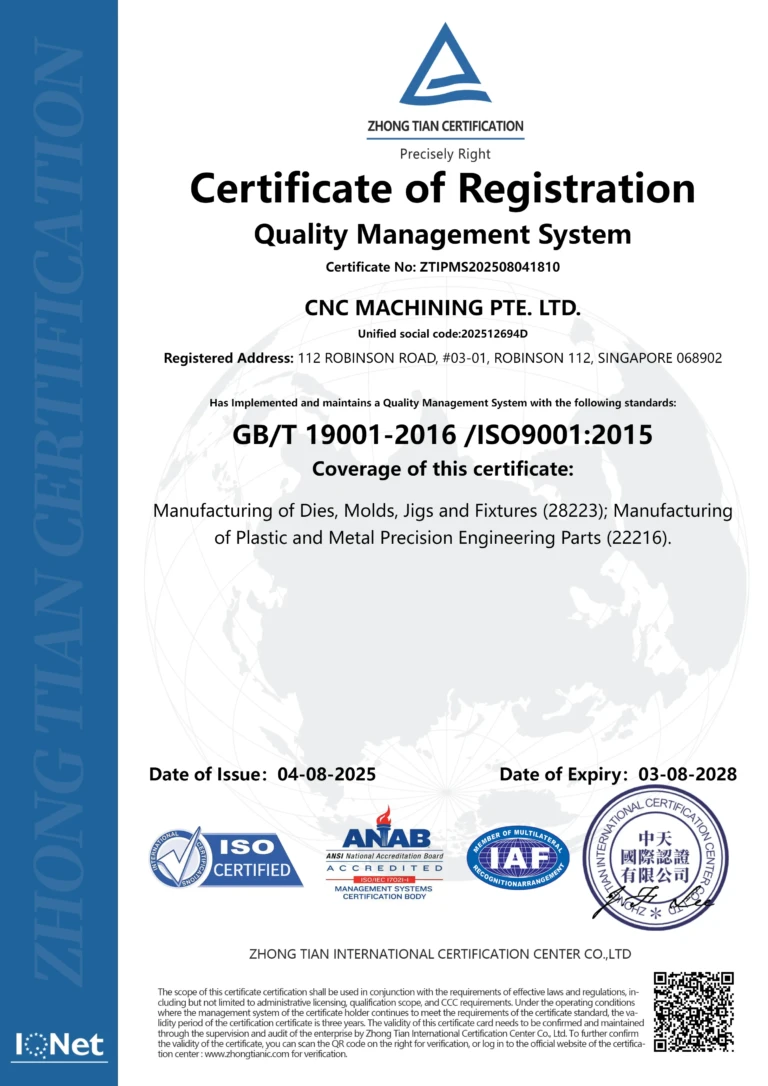Synergistic Integration of Robotics and CNC Machining: Revolutionizing Precision Manufacturing
Author: [Great Light CNC Machining Center]
Date: [2025-02-12]
1. Introduction
The robotics industry is undergoing a transformative phase, driven by technological advancements, policy support, and escalating demand for automation across sectors. Concurrently, Computer Numerical Control (CNC) machining remains a cornerstone of precision manufacturing, enabling the production of complex components with micron-level accuracy. This paper explores the intersection of robotics and CNC machining, analyzing how their integration is reshaping industrial workflows, enhancing efficiency, and unlocking new possibilities in smart manufacturing. Drawing insights from the Dongwu Securities Report on China’s Robotics Industry (2025), we examine key trends, technological synergies, and future prospects.
2. The Rise of Humanoid Robotics: A Catalyst for Advanced Manufacturing
2.1 Industry Acceleration and Policy Drivers
China’s robotics sector has entered a “mass production元年” (first year of mass production), fueled by government initiatives such as the Guidelines for Innovative Development of Humanoid Robots (2023). By 2030, the demand for humanoid robots is projected to reach 1.78 million units, expanding to 9.94 million by 2035 (Dongwu Securities, 2025). These robots are increasingly deployed in automotive and 3C industries—sectors traditionally reliant on CNC machining for precision parts.
2.2 Key Players and Technological Differentiation
Startups like 智元机器人 (Agile Robots), 宇树科技 (Unitree), and 优必选 (UBTech) are pioneering innovations in actuators, motion control, and AI-driven autonomy. For instance:
- 智元’s远征A2 features 53 degrees of freedom (DoF) and torque exceeding 380N·m, requiring ultra-precision components manufactured via CNC.
- 宇树’s G1 utilizes harmonic reducers and self-developed joints, underscoring the reliance on CNC for critical parts like gears and housings.
These advancements highlight the symbiotic relationship between robotics and CNC: while robots enhance automation, their core components depend on CNC’s precision capabilities.
3. CNC Machining in Robotics: Enabling Precision at Scale
3.1 Core Components and Manufacturing Demands
Robotic systems demand components with exceptional durability, accuracy, and miniaturization. CNC machining addresses these needs through:
- High-Tolerance Parts: Harmonic reducers, linear actuators, and planetary roller screws require sub-10μm precision, achievable only through advanced 5-axis CNC systems.
- Material Innovation: Lightweight alloys (e.g., titanium, aluminum) and composite materials, commonly used in robotic joints, are machined efficiently via CNC.
- Batch Production: Startups like 绿的谐波 (Leaderdrive) and 双环传动 (SHSCC) leverage CNC for mass-producing harmonic drives and gears, critical for cost reduction.
3.2 Case Study: Harmonic Reducers
Harmonic reducers—a linchpin of robotic rotary joints—exemplify CNC’s role. Their柔轮 (flexible spline) and刚轮 (circular spline) demand intricate gear profiles and surface finishes. Companies like 来福谐波 (Laifual Drive) utilize CNC grinding machines to achieve tooth profile accuracies of ≤1 arc-minute, ensuring smooth torque transmission and longevity.
4. Collaborative Automation: Robotics and CNC in Smart Factories
4.1 Integrated Production Lines
Modern factories are adopting hybrid systems where CNC machines and robots operate synergistically:
- Material Handling: Robots like 普渡’s PUDU D9 autonomously transport raw materials and finished parts between CNC workstations, reducing downtime.
- Post-Processing: Robotic arms equipped with CNC-trimmed tools perform deburring, polishing, and quality inspection, enhancing workflow continuity.
4.2 Adaptive Manufacturing
AI-driven robots, such as 星动纪元’s STAR1, use real-time data from CNC systems to adjust machining parameters dynamically. For example, if a CNC mill detects tool wear, the robot can autonomously replace the tool or recalibrate feed rates, minimizing defects.
5. Technological Convergence: AI, CNC, and Robotics
5.1 Digital Twins and Simulation
Companies like 华为 (Huawei) and 字节跳动 (ByteDance) are integrating CNC data into digital twin platforms. These models simulate robotic workflows alongside CNC processes, optimizing parameters like cutting speed and robot trajectory before physical execution.
5.2 Edge Computing and IoT
CNC machines embedded with IoT sensors transmit performance metrics (e.g., spindle vibration, temperature) to cloud-based AI systems. Robots, guided by this data, preemptively address issues—e.g., adjusting grip strength for warped components detected during machining.
6. Challenges and Future Directions
6.1 Technical Barriers
- Miniaturization: As robots trend toward compact designs (e.g., 千寻智能’s灵巧手), CNC must achieve higher precision in smaller footprints.
- Cost-Efficiency: Despite progress, CNC machining accounts for ~30% of actuator costs. Innovations like hybrid additive-subtractive manufacturing could reduce material waste.
6.2 Market and Policy Opportunities
China’s “十四五”规划 prioritizes smart manufacturing, with funds like the Beijing Robotics Industry Development Investment Fund (100B CNY) accelerating R&D. Joint ventures between robot OEMs (e.g., 拓普集团) and CNC manufacturers will be pivotal.
6.3 Future Trends
- Self-Optimizing Systems: CNC machines with embedded AI could autonomously adjust robotic tasks based on real-time feedback.
- Nanoscale Machining: Emerging techniques like femtosecond laser machining may enable submicron features for advanced sensors in robots.
7. Conclusion
The fusion of robotics and CNC machining is not merely a technical evolution but a strategic imperative for global manufacturing dominance. As humanoid robots proliferate—from factory floors to households—their reliance on CNC-derived precision will only intensify. Companies that master this synergy, such as 华为链 (Huawei Ecosystem) and 特斯拉链 (Tesla Chain), are poised to lead the next industrial revolution. By 2035, the combined market for robotic actuators and CNC-machined components could exceed $60B USD, heralding an era where precision and automation redefine human productivity.
References
- 国内机器人行业梳理:量产元年,百家争鸣-东吴证券-2025.2.2-64页
- Industry reports from 优必选, 宇树科技, and 智元机器人.
- Technical white papers on harmonic reducers and CNC machining.
GreatLight focuses on providing solutions such as precision CNC machining services (3-axis, 4-axis, 5-axis machining), CNC milling, 3D printing and rapid prototyping services.





